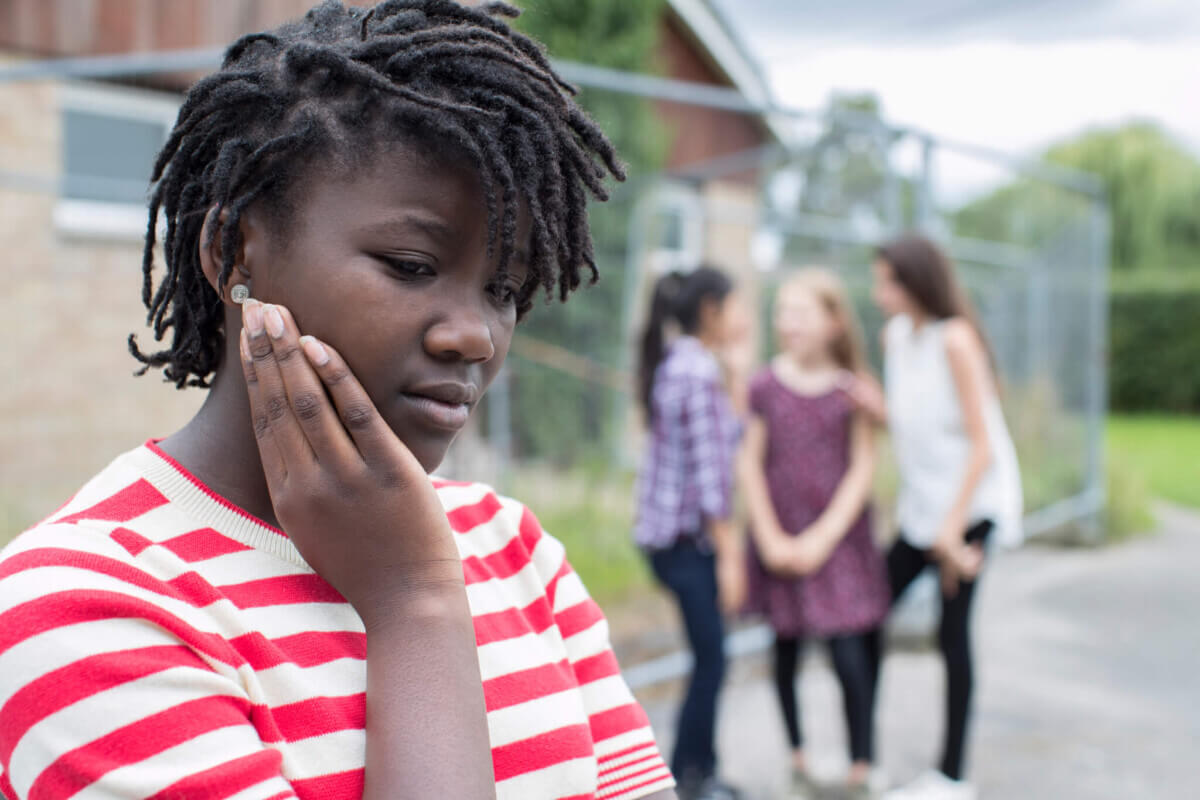
(© Daisy Daisy - stock.adobe.com)
STILLWATER, Okla. — Minority children in the U.S. are experiencing more racism in recent years according to their parents. A new study reports parental reporting of racism experienced by children in minority groups jumped by 2.6 percent between 2016 and 2020. Indigenous and Black children appear to be the most impacted, with 15 percent experiencing racism in 2020.
Exposure to racism as a child can have a major impact on a young life. Such discriminatory experiences can have long-term consequences on mental health and wellbeing.
Researchers at the University of Oklahoma (Tulsa) analyzed datasets provided by the U.S. National Survey of Children’s Health (NSCH). Across the four years analyzed, NSCH sample sizes ranged from 21,599 to 50,212 participants nationally, as well as 343 to 3,039 per state.
After performing a cross-sectional analysis of the raw NSCH data, study authors found that incidences of racial/ethnic discrimination reported by parents of children from minority groups increased from 6.7 percent in 2016 to roughly 9.3 percent by 2020. Indigenous children, specifically, dealt with especially high rates of discrimination ranging from 10.8 percent in 2016 to 15.7 percent in 2020. Rates of racism seen by Black children ranged from 9.69 percent in 2018 to 15.04 percent in 2020. Meanwhile, during that same time period, between 4.4 percent and 6.8 percent of Asian, Hawaiian, or Pacific Islander and Hispanic children reported experiencing discrimination.
“Identifying ongoing trends in childhood experiences of racial discrimination can highlight potential policy and media changes that could mitigate the harm caused,” says study co-author Amy Hendrix-Dicken, of Oklahoma's School of Community Medicine, in a media release. “Our study underlines the need for clinicians to expand their anti-racism resources and also highlights the role culturally competent health care can play in lessening the effects of adverse childhood experiences with racism.”
Study authors explain that the first step to solving any problem is recognizing there is an issue in the first place.
“As an Indigenous person myself, perhaps the most personally significant and surprising finding is the rate at which Indigenous children are experiencing discrimination,” Hendrix-Dicken continues. “This is an often overlooked group when discrimination is discussed.”
Future research efforts should focus on determining where exactly discrimination is happening and what might be perpetuating it, the research team posits. A more nuanced understanding of why this trend is occurring will help inform more effective strategies to stop the root causes of the problem.
The study is published in the Journal of Osteopathic Medicine.











Are they really suffering more racism, or is it a perception issue due to the constant victimization teaching in our academia world?